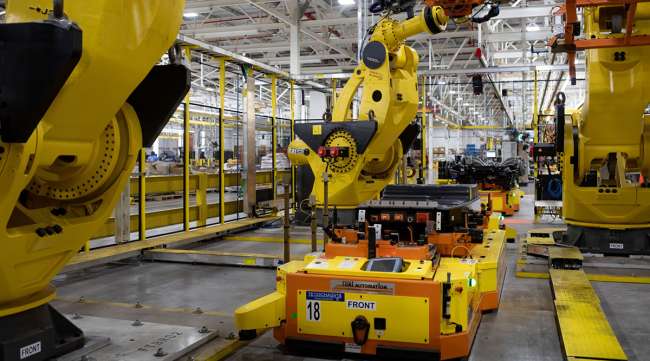
The index of industrial activity produced by the Institute for Supply Management indicates that US factory activity suffered significantly in March. Since May 2020, the reading has dropped to 46.3, which is significantly less than the median forecast of 47.5. Even if the pandemic is ignored, a reading below 50 implies contraction, and the figure from last month was the worst since 2009. The manufacturing industry is facing difficulties, such as rising interest rates, escalating recessionary worries, and more stringent lending requirements.
The employment measure decreased to 46.9 for a third consecutive month
As households continue to move more of their discretionary spending towards services, these factors are beginning to have an impact on business investment and exacerbate the demand challenges the sector already faces. The new orders indicator declined in March to 44.3, and the production gauge, though it had improved from the previous month, was still in contraction mode.
The head of the ISM’s Manufacturing Business Survey Committee, Timothy Fiore, thinks that even though manufacturing has continued, new orders have stayed weak. The market for the product, however, is uncertain given the excuse of price volatility. The employment measure decreased to 46.9 for a third consecutive month, showing a decrease in headcount as a result of recruiting freezes and employee layoffs implemented by factories.
The statistics show that the manufacturing sector is facing significant problems
On Friday, the government will issue its employment report, which will give a more complete picture of the labor market for the month. Furniture, nonmetallic mineral products, and textiles were the three industries that recorded the most contraction in March, while six categories saw growth. Due to the slowdown in demand, supplier dispatches increased and the gauge hit a 14-year low, which helped to ease supply chain tensions.
A key inflation indicator closely watched by Federal Reserve officials increased at a slower pace in February, according to data published last week. Costs decreased as measured by the prices spent for materials. Price pressure has been especially persistent in the economy’s service sector. Overall, the statistics show that the manufacturing sector is facing significant problems. Concerns remain primarily staggering due to recession worries and stricter lending standards. The overall picture is one of contraction and uncertainty, even though some sectors are expanding, and many businesses are still working to catch up on backlogs and past-due deliveries.
